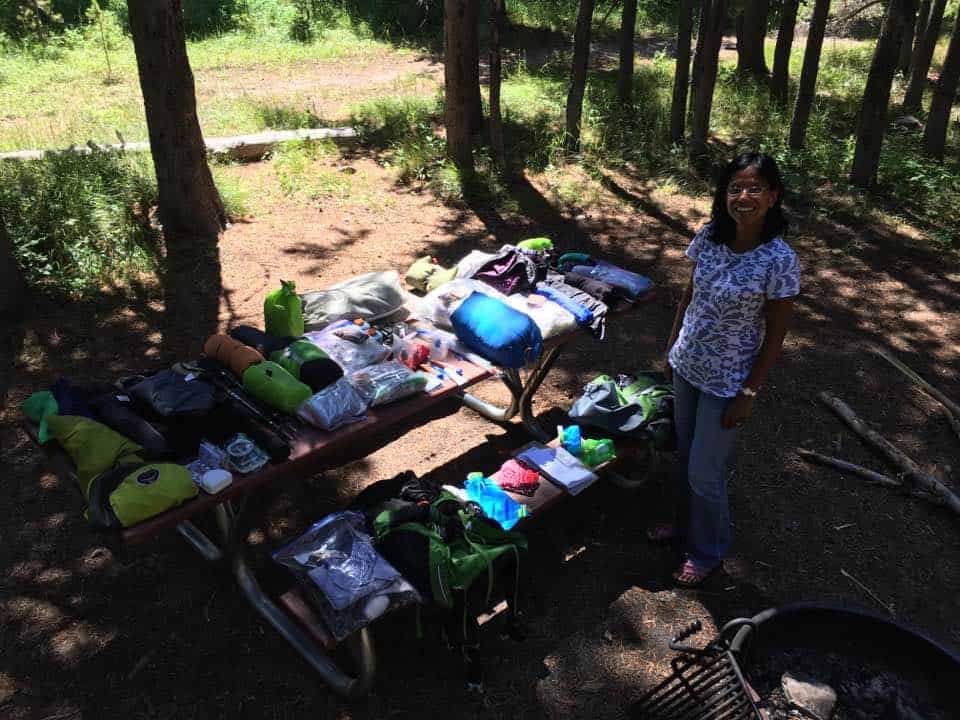Here’s the takeaway: You don’t need as much as you think you do. Figure out what you don’t need, so that you can focus on what’s truly important.
When it comes to defining what’s really important to you, in one of my blogs, I talk about the value of a clarity break. I believe in the value of this so much that I’m focused on trying to take the majority of July completely off to make sure that my head is on straight, I know where I’m going and I can focus on being my very best self for my clients, my friends and my spouse.
With this idea of embracing time off, I recently completed a 50-mile backpacking trek with my 50-year-old wife, on my 50th birthday, in Glacier National Park. I have a new knee and hip, so I wanted to embrace the ability that I could do this, especially when only three years ago I had to occasionally use a cane. I also wanted to make sure that I was off the grid, and I love the backcountry.
Finally, because my wife is relatively new to backpacking, I wanted to make sure that we were comfortable and the experience was positive. We researched and planned what was needed. We debated the pros and cons of “comfort items” (we settled on a French press and expensive lightweight pillows). We weighed and measured everything, from the tent and safety gear to bear bags and every meal. We went deep in the weeds and invested a lot of time, and energy, figuring out what we didn’t need. We boiled it down to what was critical.
Just like with business, figure out what you don’t need to spend your time on. Investing time on intentionally clearing out what is not important can be the key element in helping you to define and focus on what is important.
Long story short: Both of our packs with shared gear, excluding food and water, came in right around 20 pounds. When we added food and water (3,000/calories a day each, for five days), each pack ended up with another ten pounds that we were able to consume as we went.
Reka ended up wearing everything she brought. I used everything besides my rain pants and the most of the first aid kit (although I was glad to have both and we did provide some aid to some fellow hikers). And we were comfortable, and we weren’t lacking for anything. The fact that we were able to bring less meant that we could do 15-mile days over mountain passes and still have the energy to go fly fish, and enjoy additional hikes.
Just like with businesses, it takes time and effort to first figure out what you don’t need. When you can figure out what you absolutely have to have, whether it be in sales or processes, focused time on training, or an emphasis on leading your people, it will help you stay focused on only what you really need to work on. This is the essence of why we preach “less is more” in the EOS community.
Check back next week to learn more about what it means to live with only what you need, but without a mindset of scarcity and a focus on abundance. Feel free to share this post with anyone who might find it of value, and reach out anytime. Here to help.

